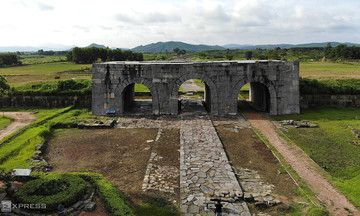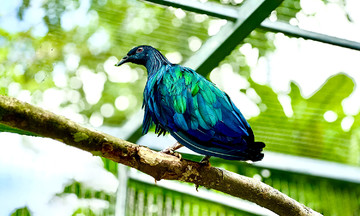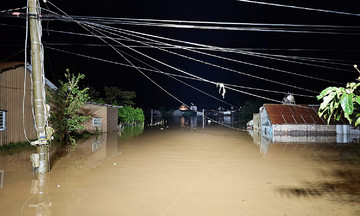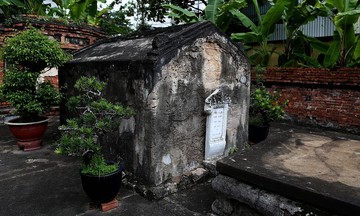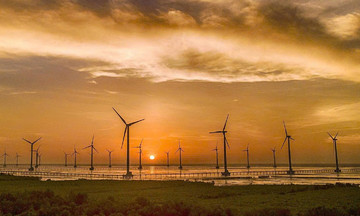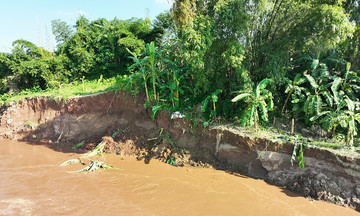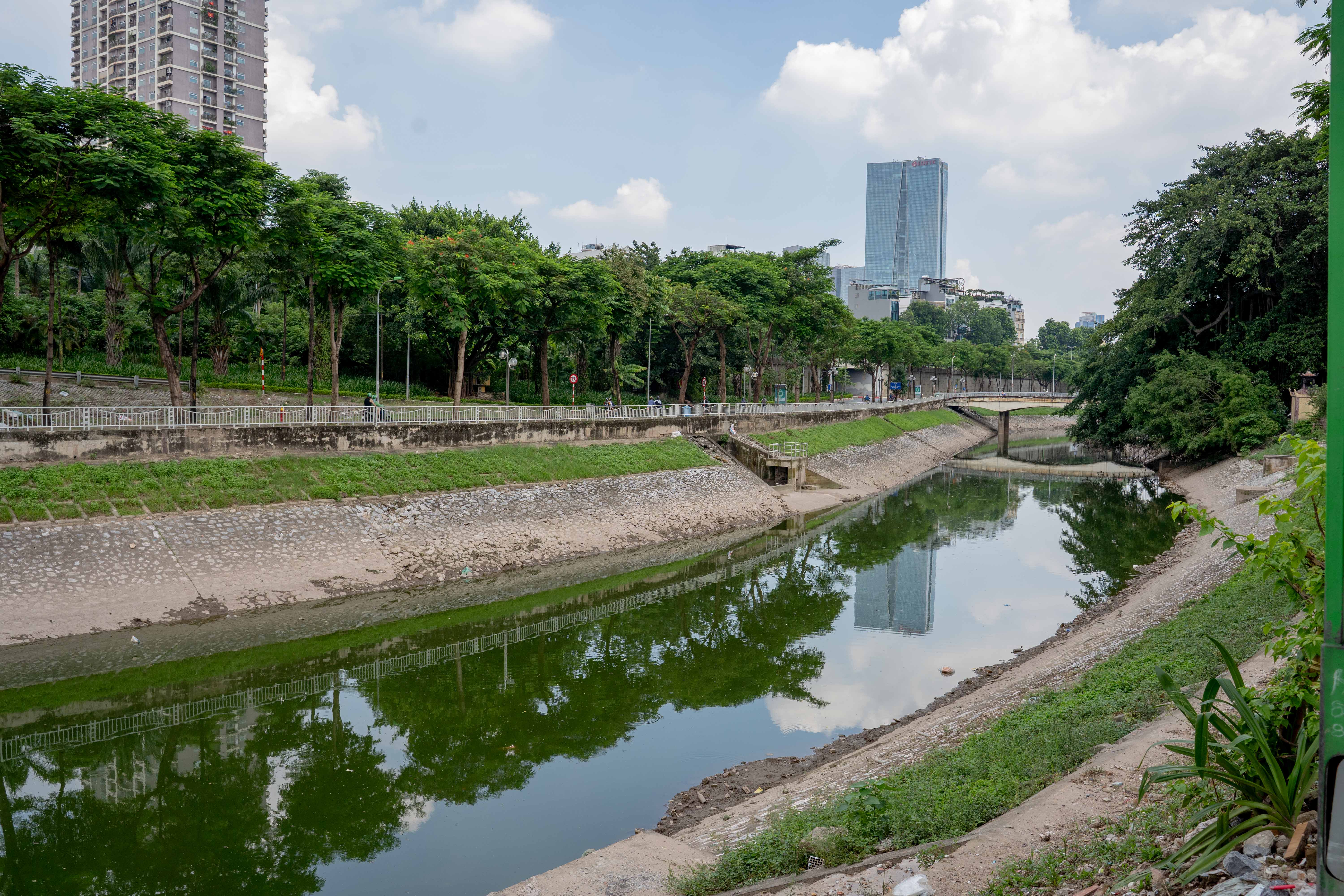 |
Lotus Lake, adjacent to West Lake, serves as a transfer point for treated water from the West Lake Wastewater Treatment Plant. Water from Lotus Lake flows into West Lake through a canal next to the West Lake Water Park, then supplements the To Lich River via two control gates (A and B) on Trich Sai Street. *Italicized* |
In early 12/2024, Hanoi officials inspected the To Lich River and the Yen Xa Wastewater Treatment Plant. City chairman Tran Si Thanh urged the swift implementation of a project to divert water from the Red River through West Lake to replenish the To Lich River. The city aimed to complete the project by 2/9/2025, eliminating the river's dark color and foul odor.
The image above shows the To Lich River near Quan Hoa Street on the afternoon of September 4th. The water level is low, and the color remains its usual black.
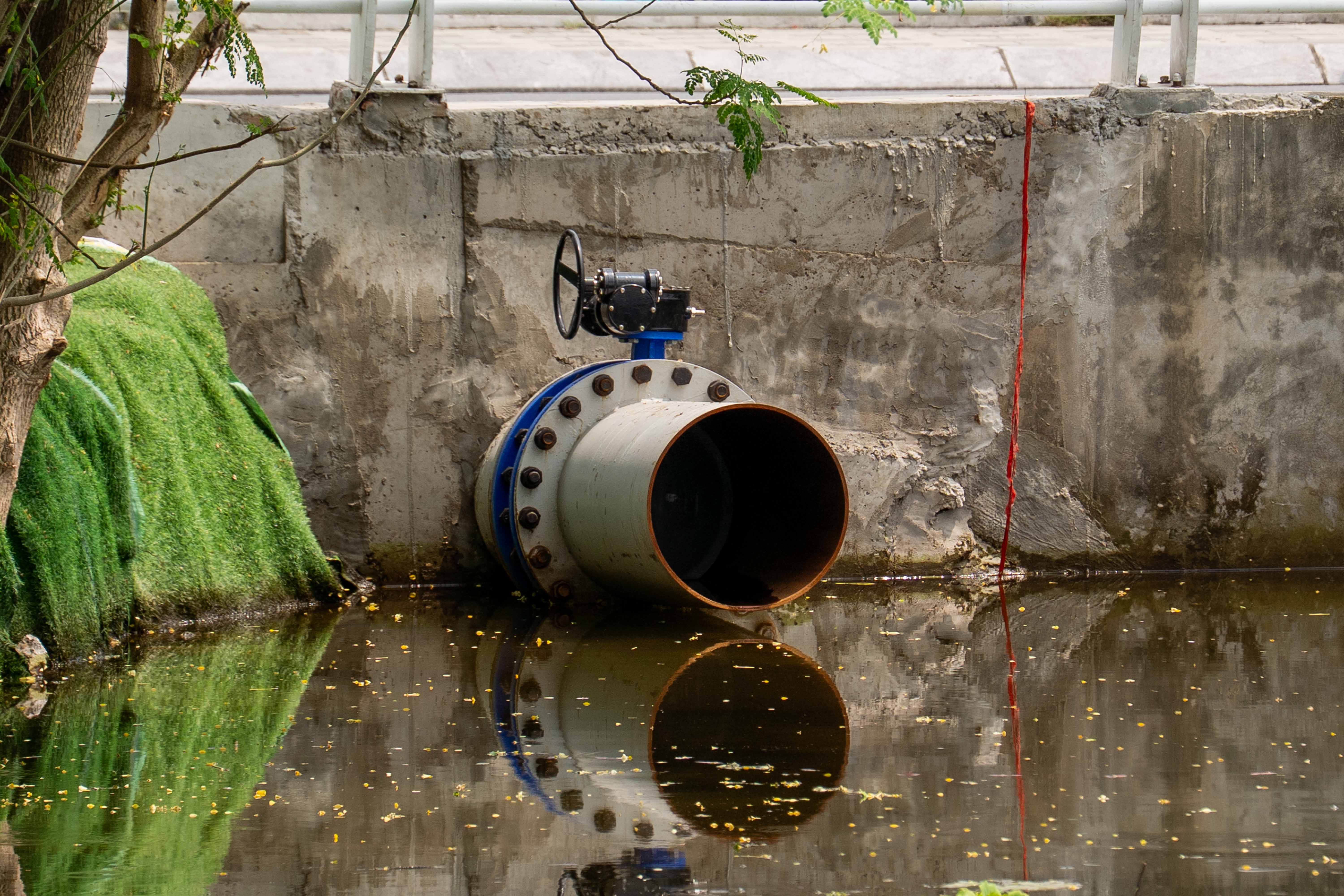 |
The two water pumps at the start of the To Lich River, near Hoang Quoc Viet Street, were inactive on the afternoon of September 4th. *Italicized* |
A pipe carries treated water from the West Lake Wastewater Treatment Plant to Lotus Lake to supplement the To Lich River. This component is largely complete, and water was pumped into the lake during the first few days of September. However, pumping had stopped by the afternoon of September 4th.
Using water from the West Lake Wastewater Treatment Plant is a short-term solution. In the long term, the city has proposed a government-approved project to build a pipeline over 5 km long. This pipeline would draw water from the Red River, crossing the dike along Vo Chi Cong Road, and emptying into the To Lich River at the Hoang Quoc Viet intersection.
 |
Many sections of the riverbanks remain unsightly, serving as garbage dumps, illegal parking areas, and featuring damaged railings. In this photo, residents collect trash along the riverbank in Thanh Liet ward. *Italicized* |
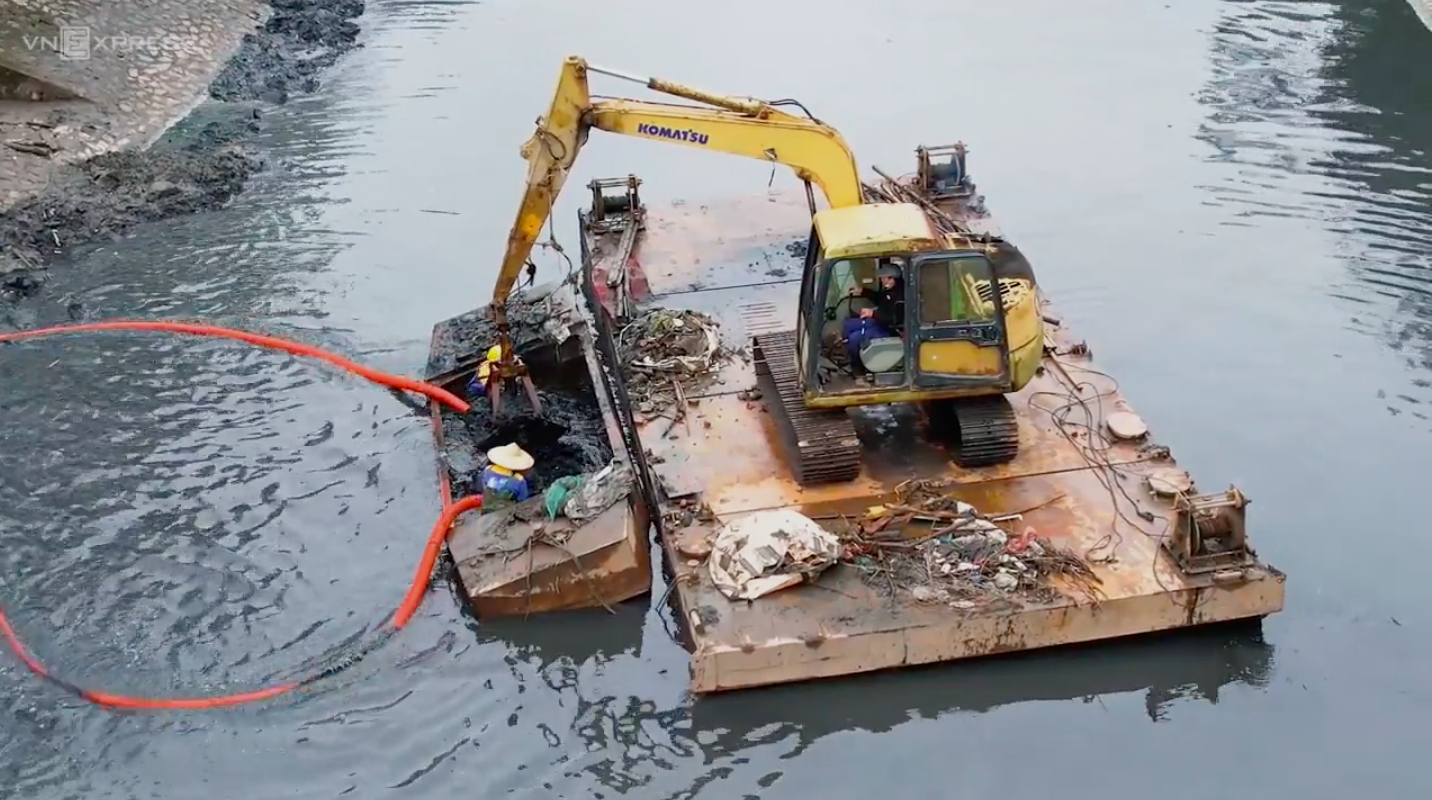 |
The To Lich River is approximately 14 km long, flowing from Nghia Do ward in Cau Giay district southwards and joining the Nhue River near Huu Hoa commune in Thanh Tri district. Without a source of clean water, the river has become a drainage channel for wastewater and rainwater runoff. Hanoi has implemented several plans to address the pollution in the To Lich River, but none have been effective. This photo shows Cau Dau Bridge, located at the end of the To Lich River. *Italicized* |
Since February, the Hanoi Drainage Company has been dredging the river day and night to improve water flow and enhance the river's appearance.
In addition to supplementing water and dredging, Hanoi is implementing several measures to revive the To Lich River: building dams to retain water, constructing a sewer system to collect wastewater along both riverbanks, organizing clean-up efforts, and landscaping the riverbanks.
 |
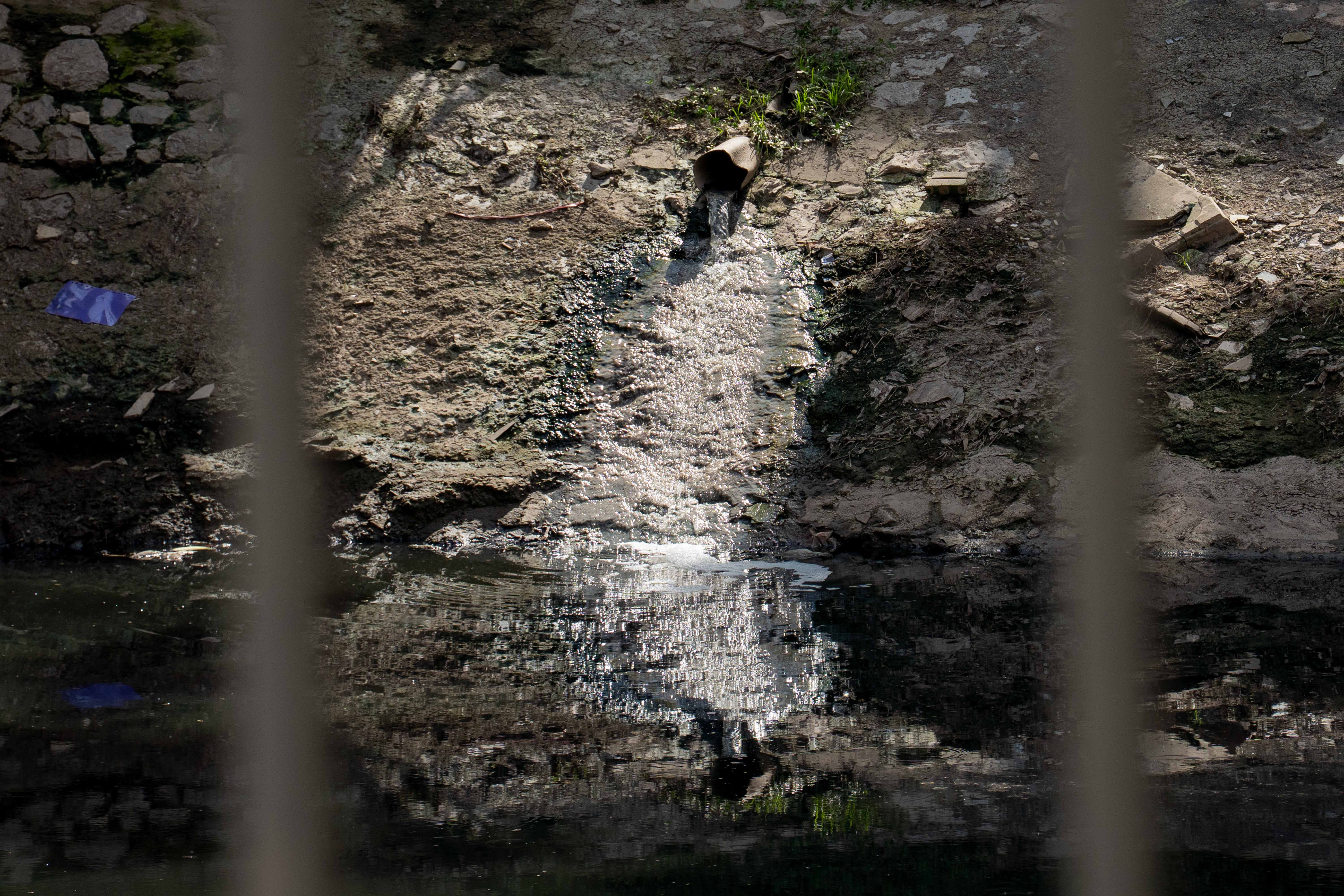 |
A wastewater pipe located on Giap Nhat Street, opposite Lang Station, continues to discharge directly into the river.
The city previously built an underground sewer system to collect wastewater along the riverbanks and transport it to the Yen Xa Wastewater Treatment Plant for treatment. Later, the city added a project to collect wastewater from pipes in the former Cau Giay district, which were part of a different project and not yet connected to the system.
 |
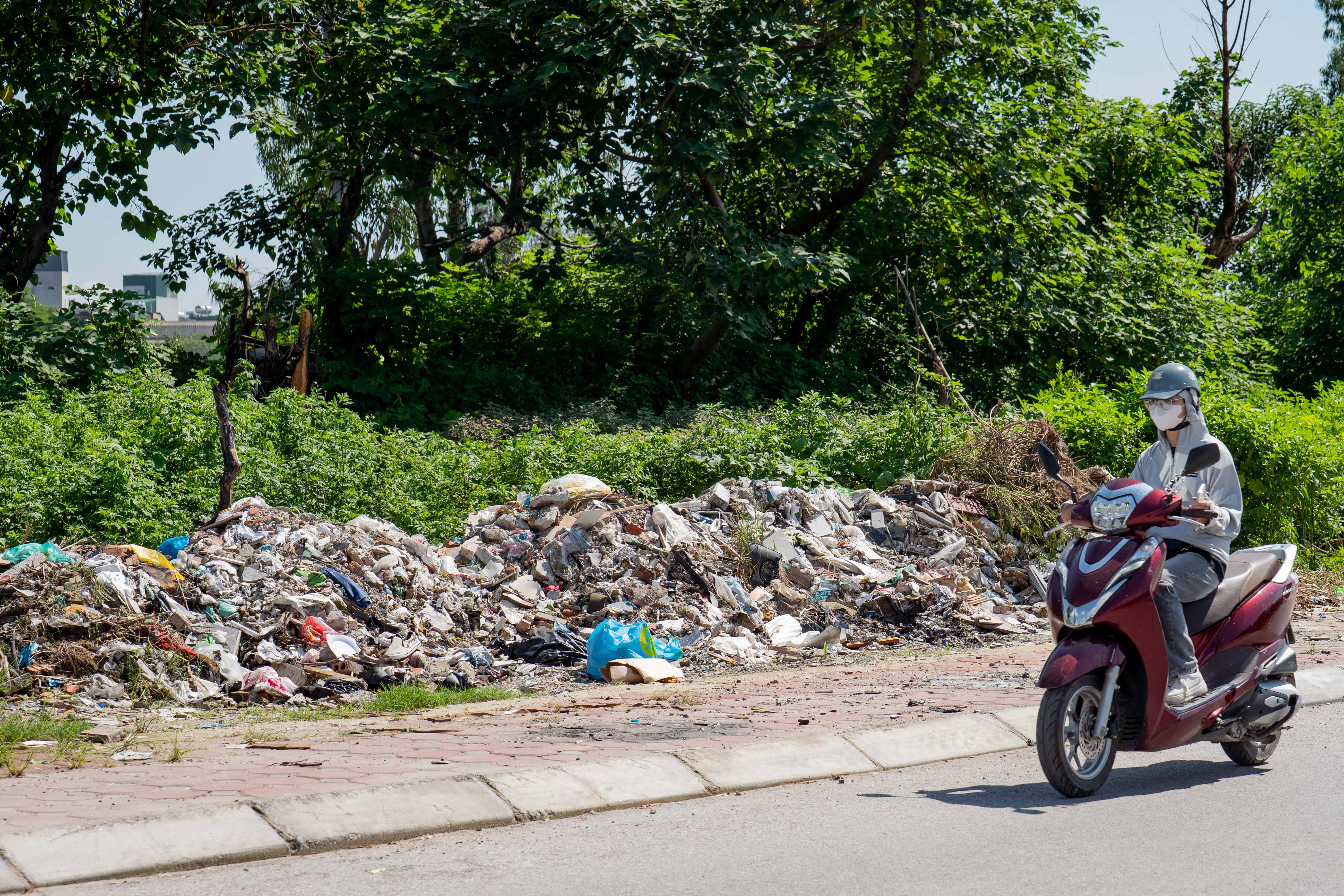 |
Garbage piles up along the riverbank near alley 250 on Phan Trong Tue Street.
The city has announced plans for cleaning and improving the riverbanks. In practice, some sections have been cleaned, with vegetation removed and rusty railings repainted. However, many areas remain unsanitary, serving as dumps for garbage and construction materials.
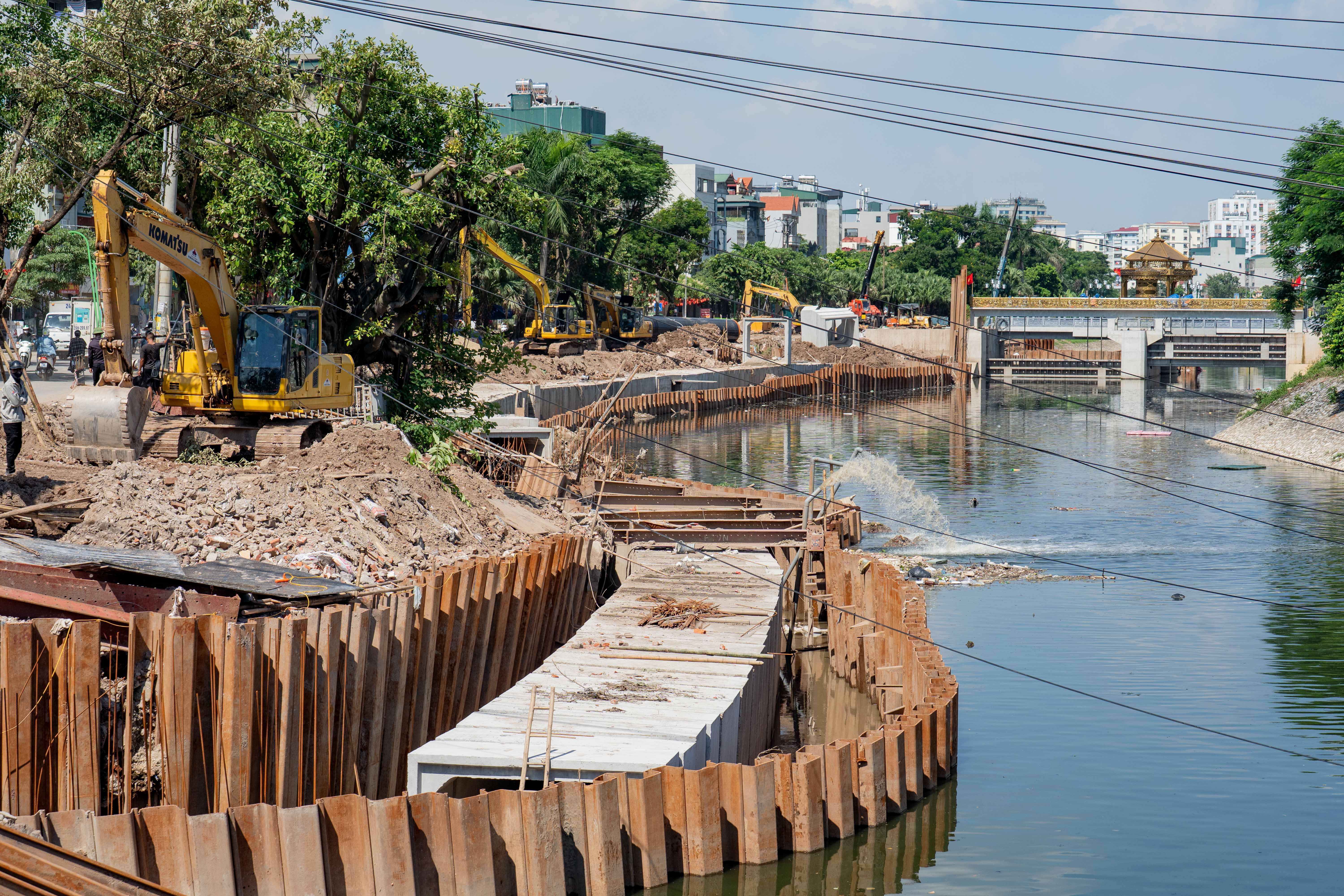 |
Construction of the dam at the end of the To Lich River, which began in February, remains a chaotic worksite.
Because the source of the To Lich River (at Hoang Quoc Viet Street) is about 2 meters higher than its end (in Thanh Liet ward), the city is building a dam to retain water downstream.
 |
Vo Hai - Hoang Giang




